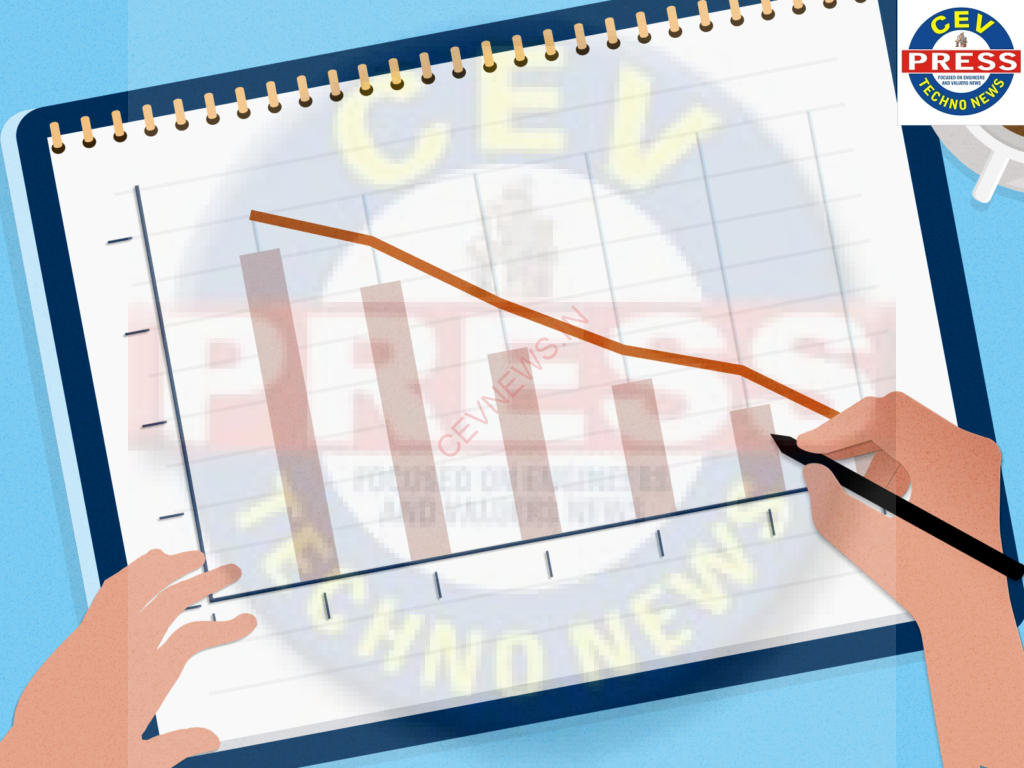COMPARATIVE ANALYSIS OF VARIOUS METHODS FOR COMPUTING BUILDING DEPRECIATION
Depreciation of buildings is a critical aspect of accounting, particularly in the real estate sector. In India, where the construction industry is rapidly evolving, understanding the various methods for computing building depreciation is essential for accurate financial reporting and decision-making. This article presents a comparative analysis of different methods used for calculating building depreciation, highlighting their strengths, weaknesses, and applicability.
1. Straight-Line Method:
- Key Point: The straight-line method evenly distributes the depreciation expense over the useful life of the building.
- Strengths: Simple to calculate and understand, providing a consistent depreciation expense each year.
- Weaknesses: Ignores the actual pattern of depreciation, potentially leading to inaccurate asset valuation over time.
- Applicability: Suitable for buildings with a predictable and uniform decline in value.
2. Declining Balance Method:
- Key Point: This method applies a fixed percentage to the remaining book value of the building each year.
- Strengths: Reflects the accelerated depreciation typical of many buildings, aligning with economic reality.
- Weaknesses: Can result in higher depreciation expenses in the early years, potentially impacting cash flow.
- Applicability: Ideal for assets that experience rapid depreciation early in their useful lives, such as machinery or technology.
3. Sum-of-the-Years’ Digits Method:
- Key Point: Depreciation is calculated by summing the digits of the asset’s useful life and allocating them proportionally.

- Strengths: Balances the advantages of both straight-line and declining balance methods by considering the asset’s expected pattern of depreciation.
- Weaknesses: More complex than straight-line depreciation, requiring additional calculations.
- Applicability: Suited for assets that experience higher depreciation in the early years but decrease over time, such as vehicles or certain types of equipment.
4. Units of Production Method:
- Key Point: Depreciation expense is based on the actual usage or output of the building.
- Strengths: Aligns depreciation with the actual utilization of the asset, making it particularly suitable for buildings with variable usage patterns.
- Weaknesses: Requires accurate tracking of usage data, which may be challenging for some buildings.
- Applicability: Effective for specialized buildings or equipment where usage directly correlates with depreciation.
5. Revaluation Model:
- Key Point: Under this method, buildings are revalued periodically based on their fair market value.
- Strengths: Provides a more accurate representation of the building’s value, especially in rapidly changing real estate markets.
- Weaknesses: Requires regular appraisals, which can be costly and time-consuming.
- Applicability: Commonly used for investment properties or when there are significant fluctuations in property values.
Choosing the appropriate method for computing building depreciation in India depends on various factors such as the nature of the asset, its expected pattern of depreciation, and regulatory requirements. While each method has its advantages and disadvantages, selecting the most suitable approach is crucial for ensuring accurate financial reporting and better decision-making in the real estate sector.


